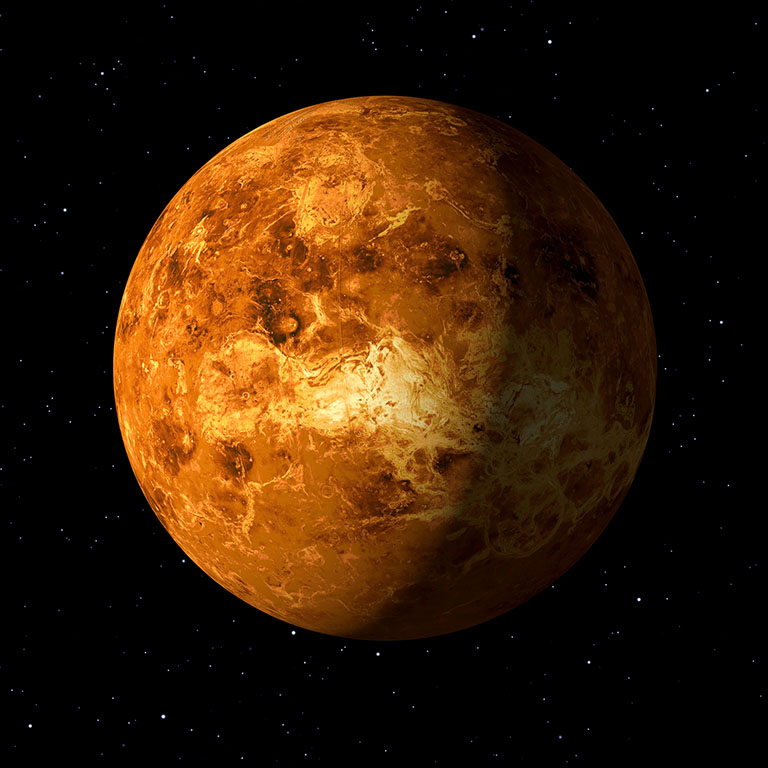BLOOMINGTON, Ind. -- As the new year begins, the evening sky will offer fine views of the planets.
Venus will be a dazzling sight in twilight, standing 9 degrees high in the southwest 20 minutes after sunset on Jan. 1. Venus will meet Saturn on Jan. 22, when the two planets will be less than 1 degree apart. You'll be able to see both together in the same field of view of a telescope, setting nearly two hours after the sun.
Mercury will be the first planet to set, within an hour of the sun. Look with binoculars 6 degrees west of Venus 20 minutes after sunset. You will have about 30 minutes to view Mercury before it drops too low to be seen. The little planet will soon be difficult to spot, and it will pass through conjunction with the sun on Jan. 7 before reappearing very low in the morning sky later in the month.
Saturn will descend quickly into the twilight of January evenings. Look for it in the first week when it will be more than 20 degrees high in the southwest shortly after sunset. The planet's rings will be a fine sight in twilight, and you will have about an hour to observe them. By mid-January, Saturn will be less than 15 degrees high an hour after sunset, and by month's end it will be 14 degrees east of the sun, quickly disappearing after sunset. It will reach conjunction with the sun next month.
Jupiter will shine brightly in the southwest on winter evenings. Start your observing in late twilight, when the planet's brilliance will be tempered by the background sky. The two dark equatorial belts will be first to appear, with more subtle features following as well as events involving the Galilean moons.
Mars will be a spectacular sight in the constellation Taurus during January as it journeys past the similarly red star Antares low in the southeast. On Jan. 1 the Red Planet will be nearly 70 degrees high around 8:30 p.m. local time. Mars will be about 9 degrees east of the Pleiades star cluster.
Meteor shower
The Quadrantid meteor shower will be active for the first two weeks of January, peaking during the hours before dawn on Jan. 3. The almost-full moon will strongly interfere with the display. Observers in North America with a clear dark sky may see about 10 meteors per hour at the peak shortly before the start of morning twilight. The Quadrantids will appear to come from a point called the radiant near the end of the handle of the Big Dipper, which will rise in the northeast. The radiant is in the constellation Bootes, which contains the bright orange star Arcturus. Try facing toward the Big Dipper. If you extend the curve formed by the handle's three stars, it forms an "arc to Arcturus." Meteors should be visible in all parts of the sky, but the higher Arcturus is above the eastern horizon, the more meteors there will be. More information about viewing meteor showers is available from the American Meteor Society at https://www.amsmeteors.org/meteor-showers/.
Perihelion
Earth will be closest to the sun in its orbit, the position called perihelion, on Jan. 4. A common misconception is that our seasons are caused by Earth's changing distance from the sun, but the actual cause is the tilt of Earth's axis. In the Northern Hemisphere, winter happens when the North Pole is tilted away from the sun, so sunlight must pass through more of Earth's atmosphere to reach the surface. We experience the coldest time of year when we are closest to the sun.
Moon phases
The moon will be full on Jan. 6, at last quarter on Jan. 14, new on Jan. 21, and at first quarter on Jan. 28.
Author: Hal Kibbey Email: hkibbey [at] gmail.com


 The College of Arts
The College of Arts